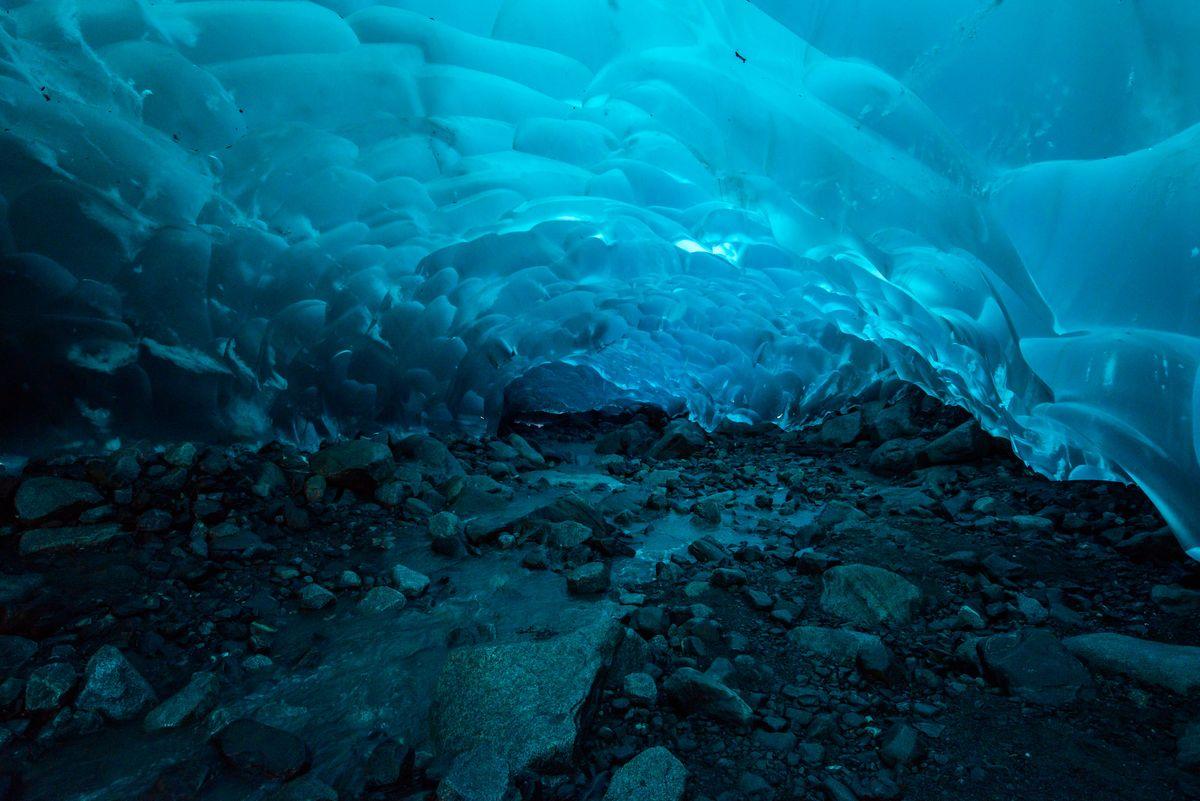World 🢖 North America 🢖 United States 🢖 Alaska
Caves 🢔 Geological wonders 🢔 Categories of wonders
Wonder
Mendenhall Glacier Ice Caves
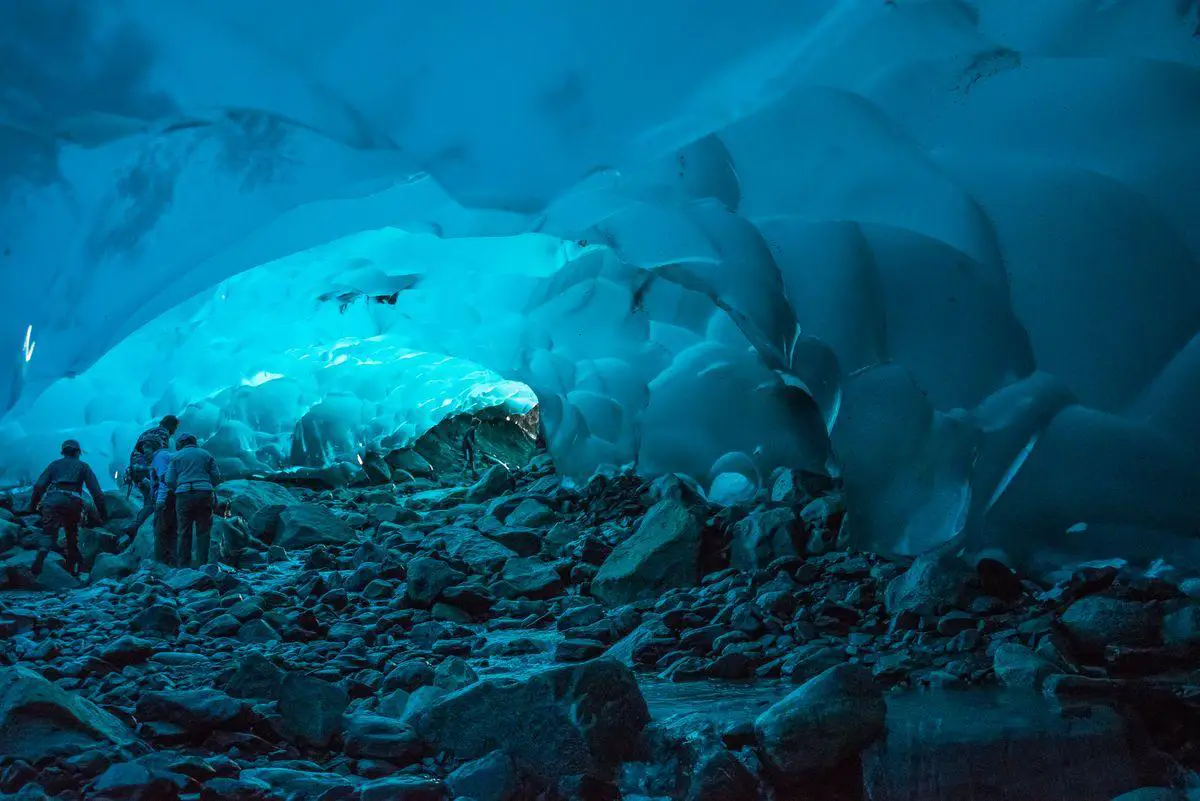
 In short
In short
Ice caves in glaciers are rather common. But most of them are not easy to access. Mendenhall Glacier Ice Caves can be accessed after some hours long walk and are some of the most beautiful glacier ice caves anywhere.
 41.3%
41.3%
GPS coordinates
Location, address
Map of the site
If you see this after your page is loaded completely, leafletJS files are missing.
 In detail
In detail
Mendenhall Glacier
After the arrival at Juneau airport, visitors can take the route leading south-east to the nearby Juneau City. But there is also another route – to the north – and after some seven kilometers, the road stops at the Mendenhall Lake. Here visitors finally have an unhindered view of a beautiful natural landmark – Mendenhall Glacier or, in the local Tlingit language – Sitaantaagu or “The Glacier Behind the Town”. This glacier ends in the lake and numerous icebergs with the characteristic blue color of glacial ice are floating around the lake. Mighty, noisy Nugget Falls are visible to the right. Mountains are covered with thick, deep green forests but their summits are covered with ice and snow. Beautiful!
But there is a note of sadness in this landscape: consequences of global warming. Like almost any other glacier in the world, Mendenhall Glacier is melting and receding.
Mendenhall Glacier got its European-American name in 1891 or 1892 from Thomas Corwin Mendenhall (1841-1924): this outstanding scientist defined the border between Alaska and Canada. Back then the glacier extended further south, in the site of the present-day Mendenhall Lake. Now it has receded by some 3 kilometers and continues to melt. The glacier is 21.9 km long.
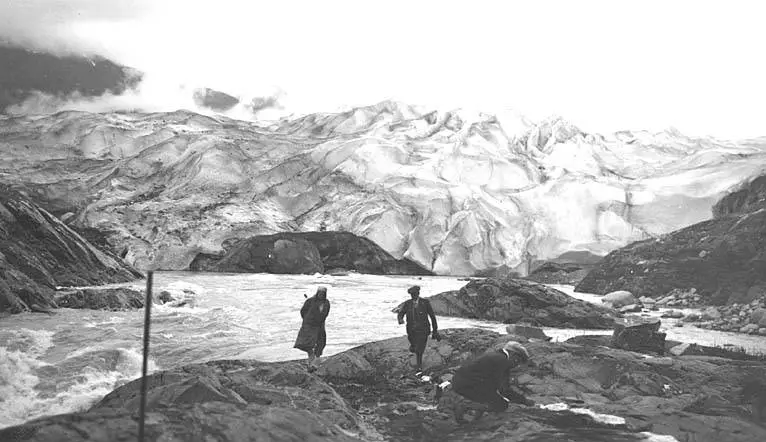
Currently, the glacier ends in the lake – but soon it will recede further and pull out from the lake. Then there will be no more floating icebergs in Mendenhall lake.
The retreating glacier has uncovered also remnants of some 1,400 – 2,350 years old forest. This means that the glacier has advanced since then: most likely due to increased precipitation in the Juneau Icefield above the glacier.
Walk to the ice caves
Visitors can admire the beauty of the glacier and surrounding landscape from diverse vantage points. There is East Glacier Loop – a trail that lets to walk higher in the hills and look at the glacier from above. Nugget Falls Trail leads along the eastern shore of the lake towards the Nugget Falls, without crossing them.
But, if a visitor wants to reach the glacier (and caves in it!), he needs to take the West Glacier Trail. It starts on the western shore of the lake and after hefty walking over the hills for some 5 – 6 kilometers and diverse wonderful views the visitor finally is at the glacier. Don’t walk there alone: the trail is long and, if the rain starts, the cliffs become slippery. Or a bear might come… Or you can get lost when the darkness comes.
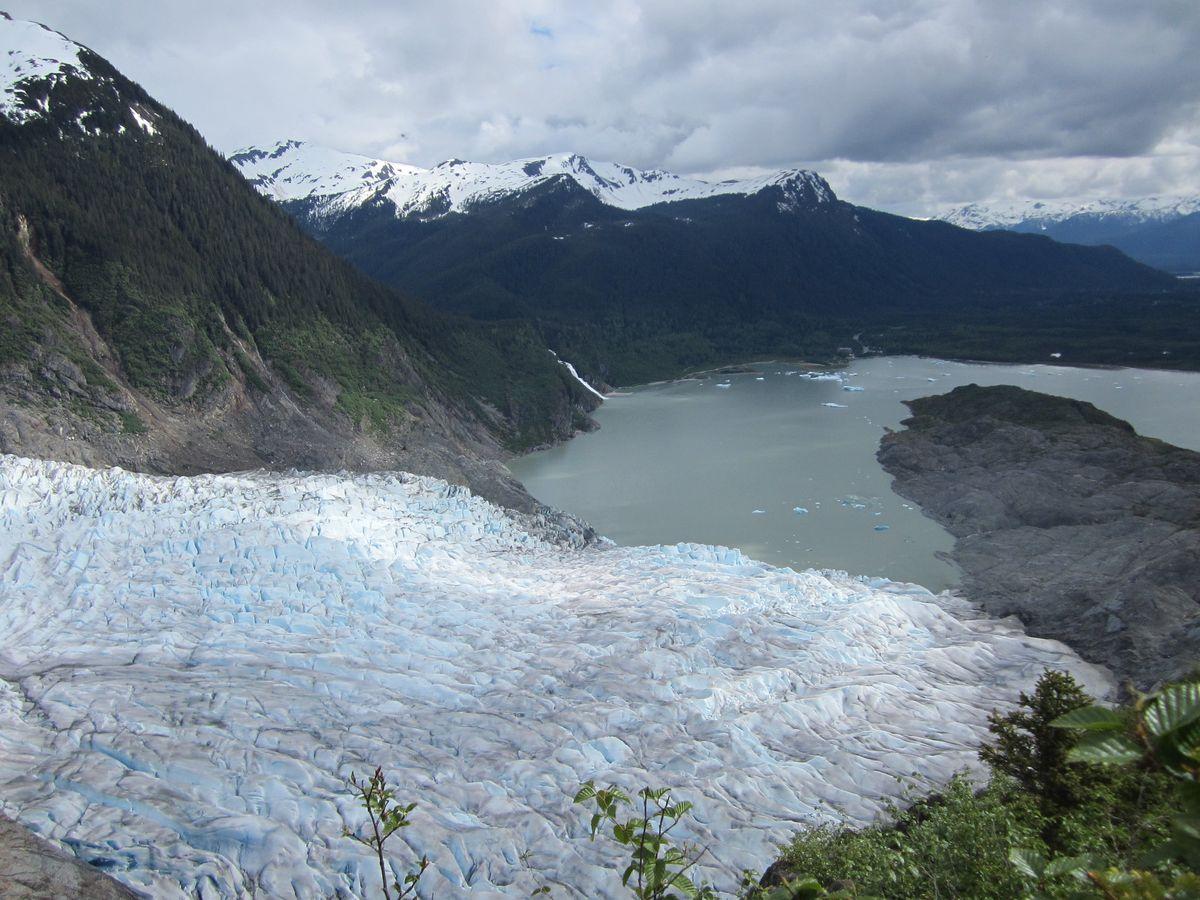
Caves in the blue ice
Ice caves in the Mendenhall Glacier are not unique. Ice is a fine material for cave formation: it is hard and tough but at the same time easily formed by the water. And there is a lot of water in the contact between the glacier ice and the ground. Each mountain glacier has got countless smaller and larger streams under it. Each of these streams gradually creates a cave near its exit from the glacier.
Glacial caves in mountain glaciers are rather short-lived and fast-changing. In the late summer, the stream becomes more powerful, ice melts and crumbles, and the entrance of the cave collapses but deeper inside new passages are formed by the stream. During the winter it is calmer: the stream is frozen or silently flows under the ice. But the glacier moves anyway and the ice groans and cracks. Thus: winter could be the best time to see the caves if the visitor dares to climb across the hills during the short hours of the winter day.
Caves are not very long: some tens of meters or, sometimes – hundreds of meters. But this is more than enough: the eerie beauty of the glacial ice cave overwhelms immediately, after the first few meters.
The most unusual feature is the blue color. Everything is blue: initially in lighter shades but further inside – deep blue and finally – just black darkness. The physics behind this effect is the same as in deepwater: as the Sunlight goes through the extremely lucid glacial ice, the molecular structure of the water (ice) filters out the longer lightwaves one after another. The shortest waves of the blue color go much deeper into the ice than any other color.
Seeking the Mendenhall Glacier Ice Caves
After the walk on West Glacier Trail, the visitor reaches the glacier. Now he needs to find the ice caves (if he is not together with a guide). The walk along with the contact of the steep glacial moraine (mix of soft gravel and clay) and the ice is not simple. Everything is wet, there are numerous small ponds and streams with ice-cold water. Caves could be found when walking along the streams towards the glacier. Sometimes the caves are further on the glacier, not on its rim. And sometimes there are no accessible caves at all.
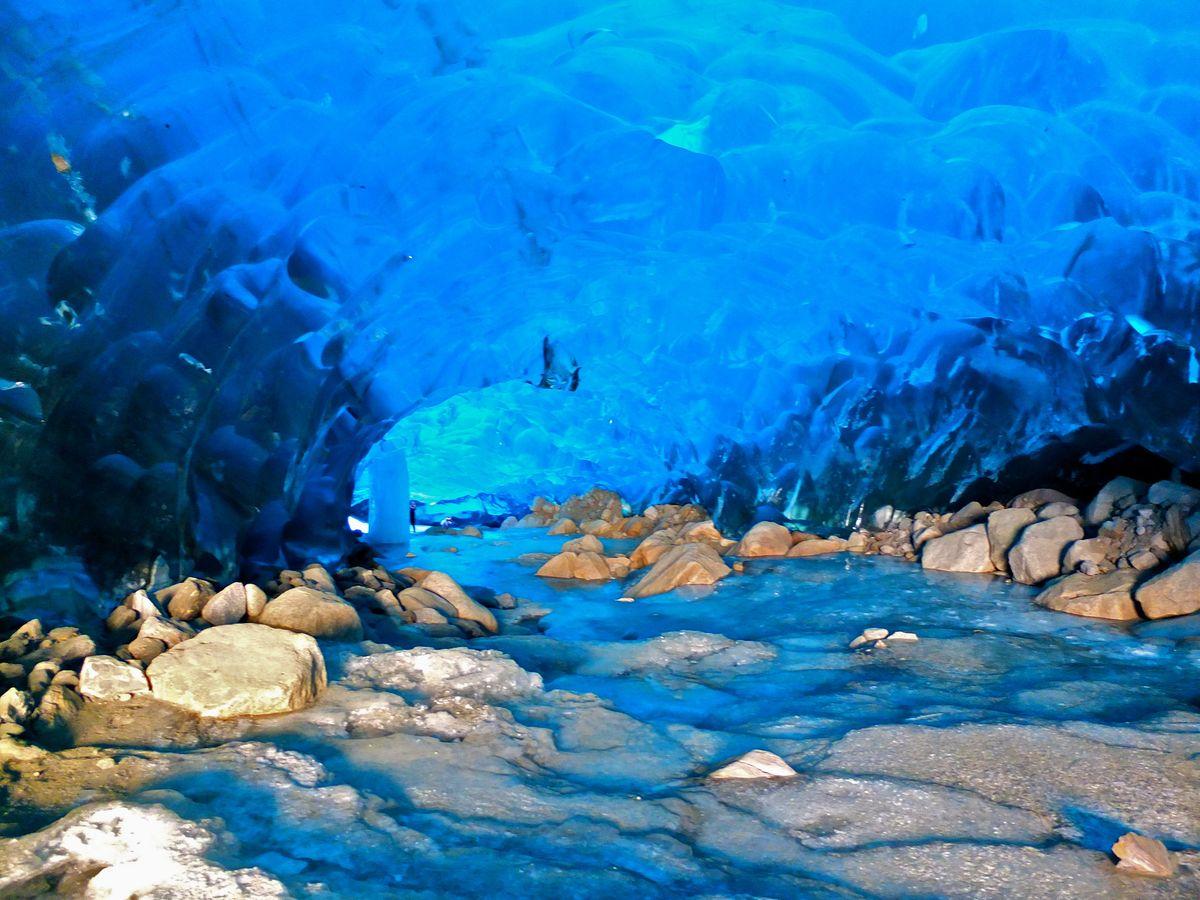
If the visitor is lucky, he finds a suitable entrance in one or another ice cave. The incredible blue color, the sounds of the moving glacier inside the cave… Gorgeous! Something to remember for the whole life!
But, if he has spent more time than initially planned, a thought sits in the mind: “Will I manage to go back across the hills before the darkness?”
Walking on the glacier and in the caves is dangerous and at any time (especially on warm days) the collapse of the ice can happen. Thus, if possible, better ask for the assistance of special tour agencies.
 Linked articles
Linked articles
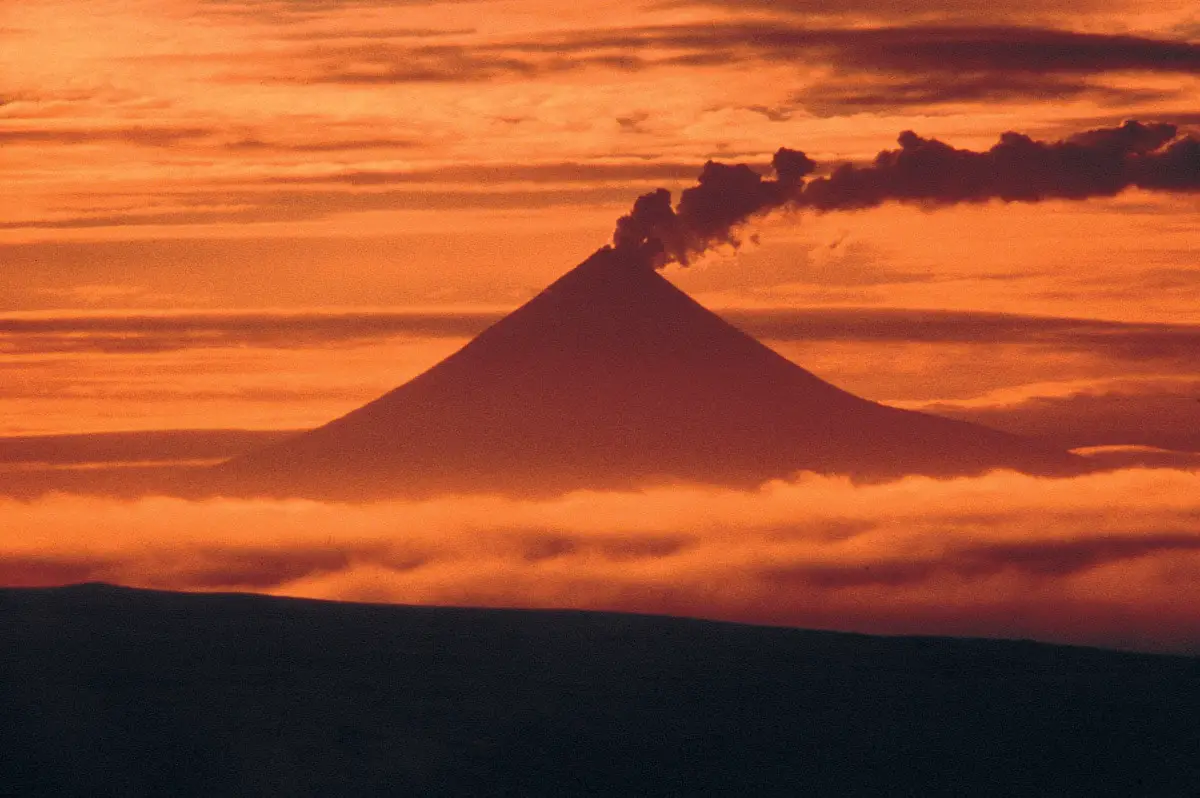
Wonders of Alaska
This far northern land is very diverse and its landscape is spectacular. Alaska though is not very rich with separate, specific landmarks – this is a land that brings a very special emotional experience as a whole. Singling out some specific landmarks here feels somehow out of place: Alaska is magnificent with its wast glaciers, supertall mountains, numerous active volcanoes, endless forests, and deep canyons.
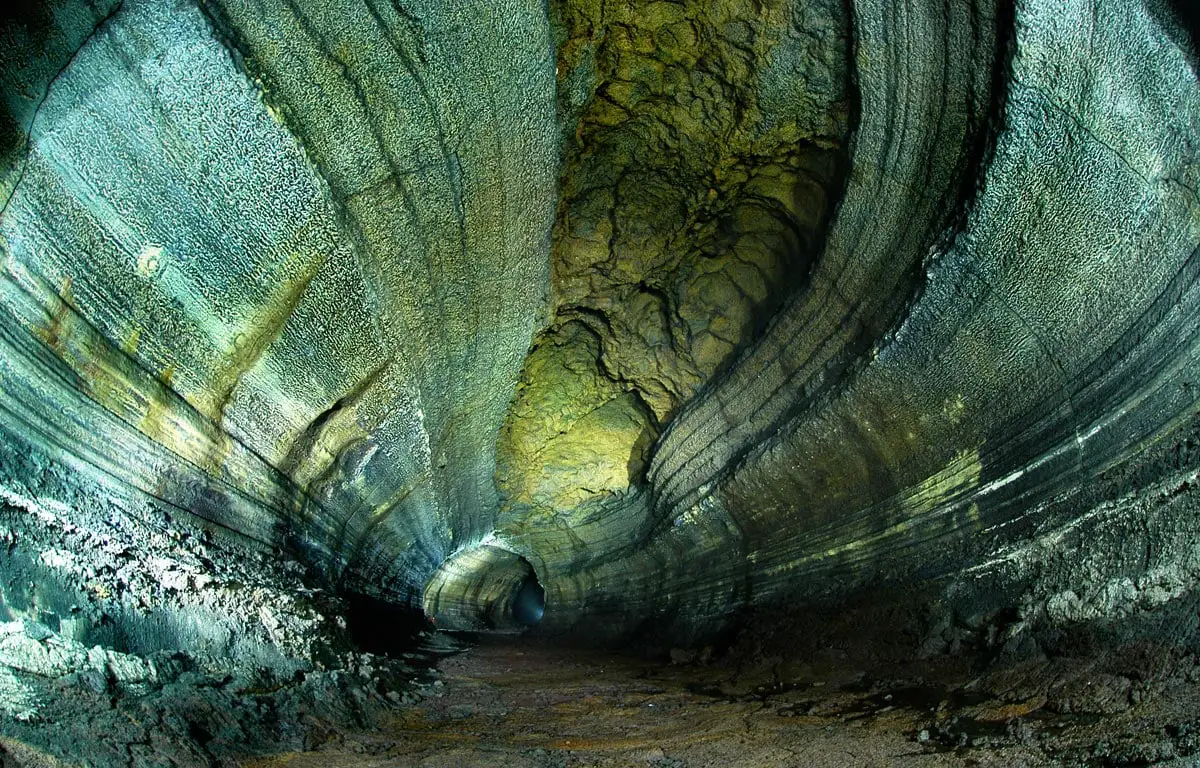
Caves
Every year there are reported exciting discoveries of new caves and discoveries of new qualities such as cave paintings in the ones known before. But there still is a feeling that our knowledge covers just a small part of all these monuments of nature.
Though, those which are known to us, offer a surprising diversity of unusual features and impressive sights.
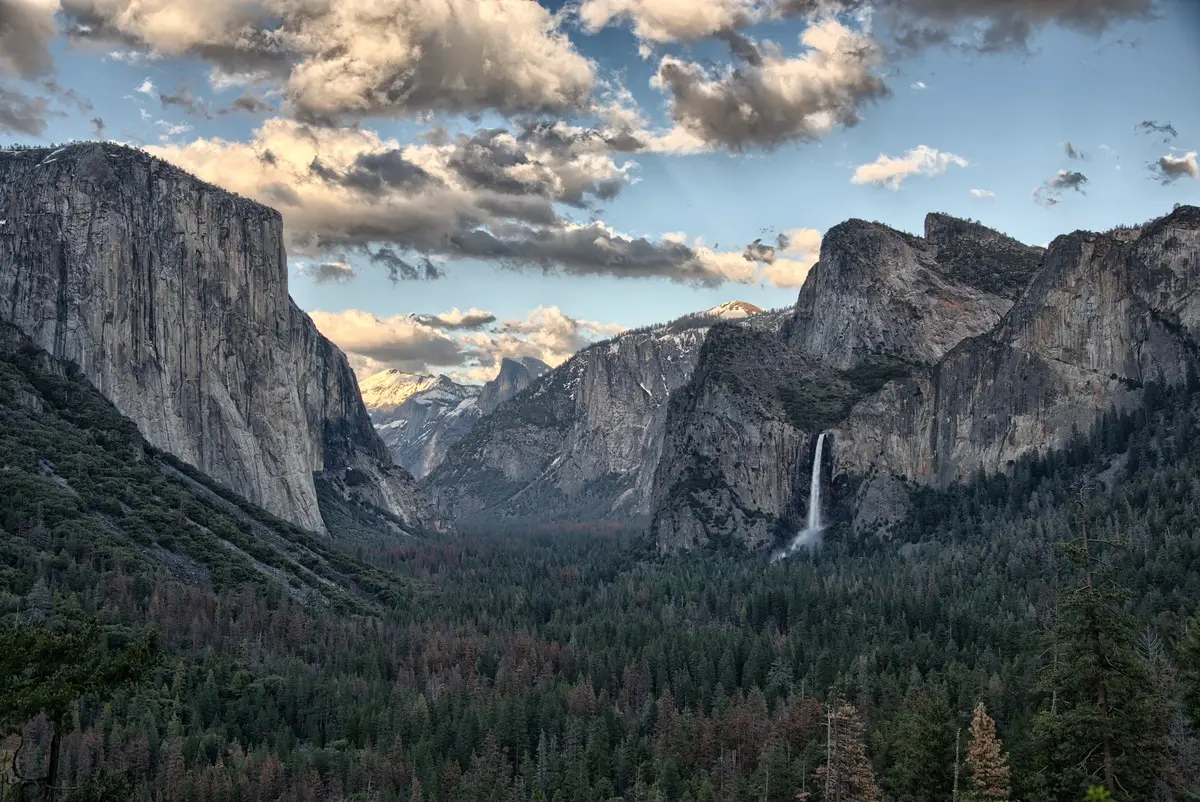
Wonders of the United States
The United States of America is one of the largest countries in the world and offers a wide array of diverse attractions: many are unsurpassed in the world. Highlights of the United States are cliffs, canyons, and rock formations, several impressive downtowns of cities with numerous skyscrapers as well as a rich array of geothermal features, and the giant forest of California.
 Recommended books
Recommended books
National Geographic Guide to the National Parks: Alaska: Denali, Glacier Bay, Katmai, Kenai Fjords, and the 4 Other Scenic Parks
Following the best-selling, comprehensive National Geographic Guide to the National Parks of the United States, this series of regional guides features in-depth coverage and breathtaking images of all the major parks in each region, as well as information about national wildlife refuges, national seashores, forests, preserves, and other scenic areas.
John Muir and the Ice That Started a Fire
A dual biography of two of the most compelling elements in the narrative of wild America, John Muir, and Alaska.
John Muir was a fascinating man who was many things: inventor, scientist, revolutionary, druid (a modern-day Celtic priest), husband, son, father, and friend, and a shining son of the Scottish Enlightenment — both in temperament and intellect. Kim Heacox, the author of The Only Kayak, brings us a story that evolves as Muir’s life did, from one of outdoor adventure into one of ecological guardianship—Muir went from impassioned author to leading activist.

